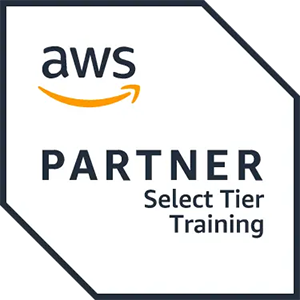In this five-day instructor-led course, you will learn the skills needed to practice as a system engineer with responsibilities for design, installation, configuration, administration, and support of the Forcepoint NGFW. Through instruction, demonstrations, and hands-on lab practice exercises, you will understand the requirements and recommendations to successfully deploy Forcepoint NGFW in a variety of network environments.
You will then develop expertise in topics that include, but are not limited to, clustering the NGFW, creating security rules and policies, integrating the NGFW with other Forcepoint technologies, inbound and outbound traffic management, understanding multi-link technology, configuring VPNs, traffic deep inspection, and controlling endpoint activity with the Endpoint Context Agent. This course prepares engineers or other professionals who need to manage or lead system engineering development of a Forcepoint NGFW deployment from concept creation to production.

 United Kingdom
United Kingdom Germany
Germany Denmark
Denmark Sweden
Sweden Italy
Italy Netherlands
Netherlands Norway
Norway 
















 Kesto
Kesto  Toimitus
Toimitus  Hinta
Hinta